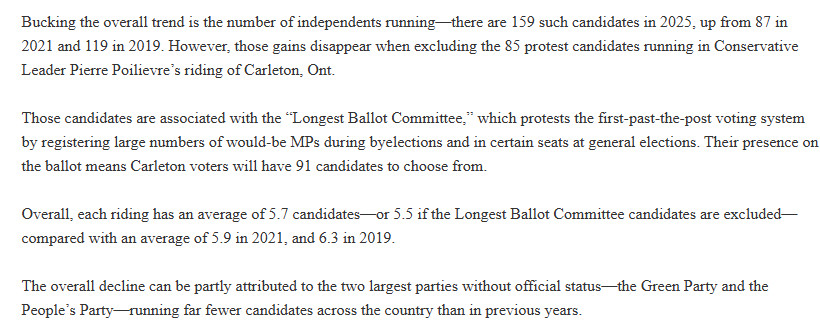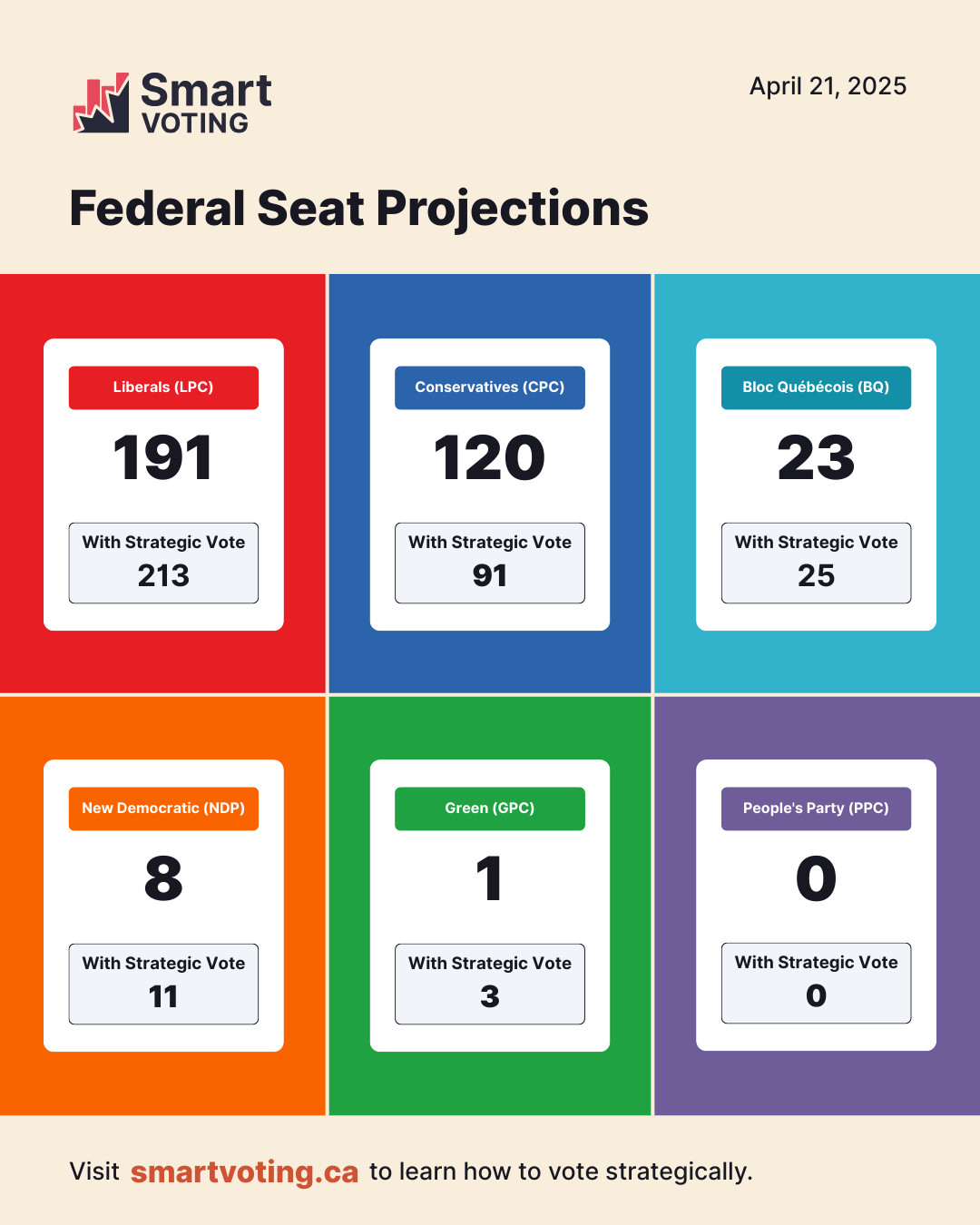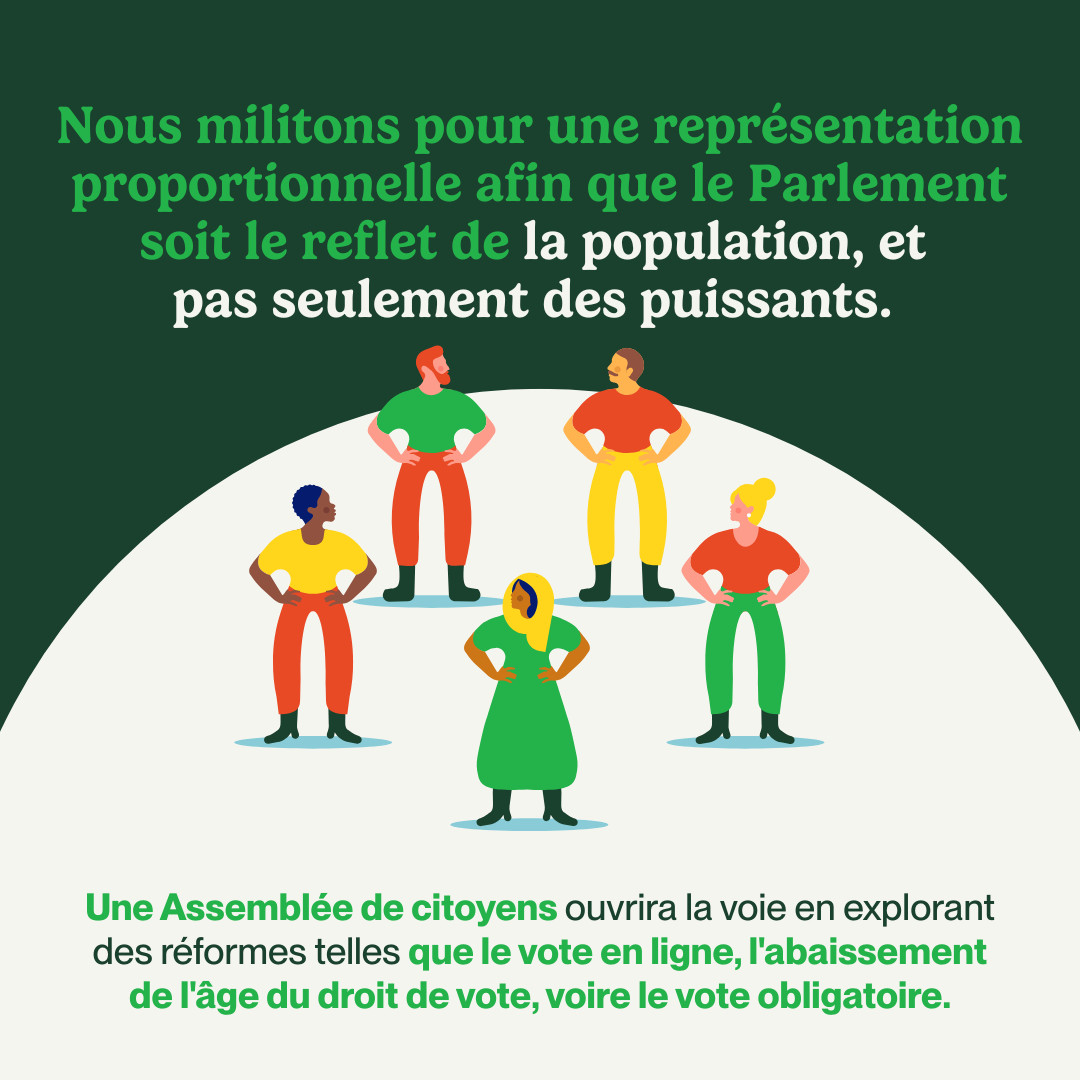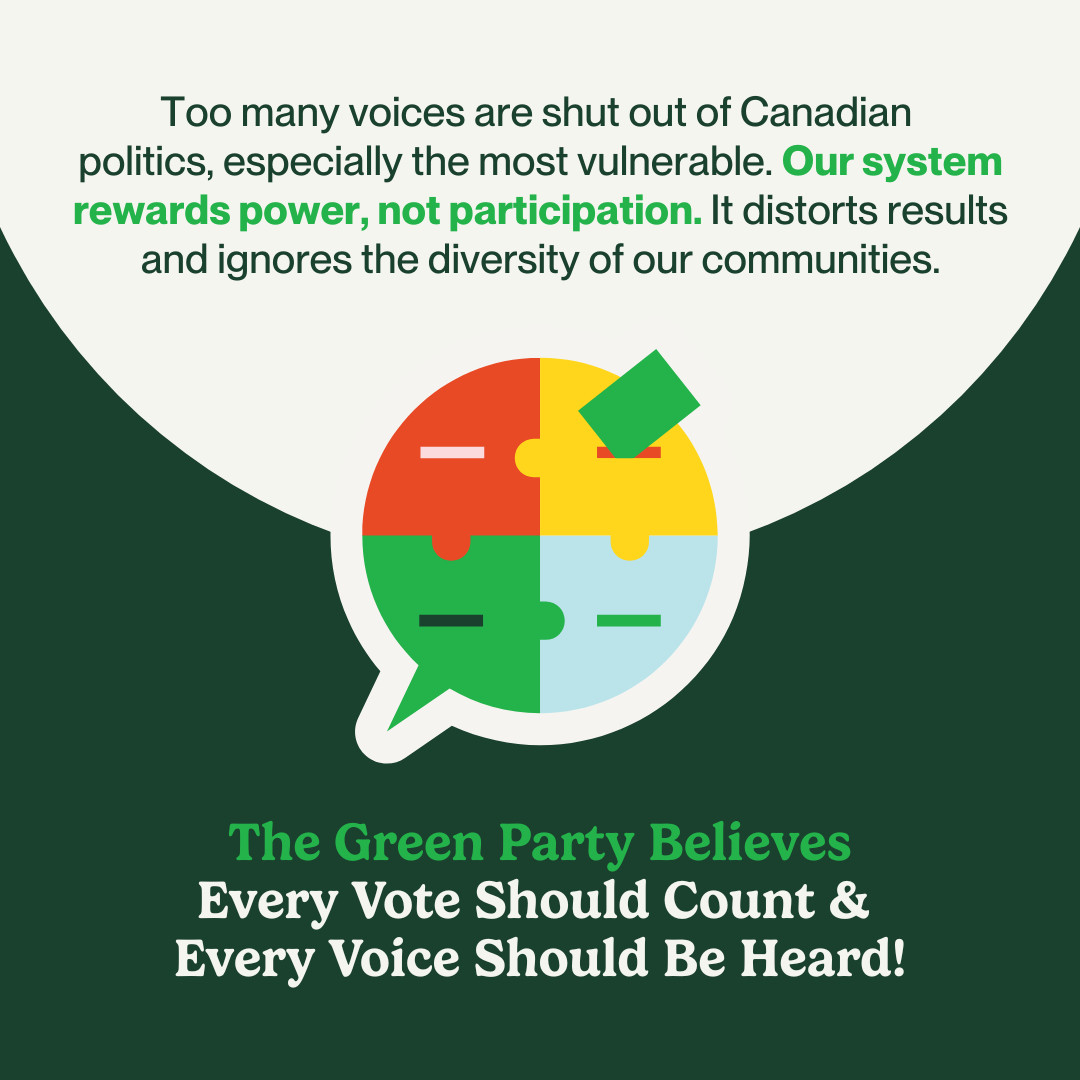This isn't about "laziness" at all - it's about structural barriers to voting that disproportionately affect certain demographics.
Research consistently shows that convenience voting methods like mail ballots and early voting help increase participation among:
- People working multiple jobs or irregular hours
- Those with caregiving responsibilities
- People with mobility issues or disabilities
- Residents in areas with fewer polling stations (often in lower-income communities)
- Younger voters with less established voting habits
These demographics often (but not always) lean left, but that's correlation, not causation. The key point is that when we remove structural barriers to voting, participation tends to increase across diverse groups.
What's especially interesting is that under proportional representation, voter turnout is consistently higher across all demographics. When people know their vote will actually help elect someone who represents their values, they're more motivated to participate, regardless of party preference.
The real issue isn't about left vs. right, but ensuring our democratic systems provide equal accessibility for all eligible voters while maintaining security and integrity. With PR electoral systems, these concerns get addressed together - higher participation AND every vote counting toward representation.










Platform Wins and Fails | Curse of Politics.
Canadians have the right to run in an election for Parliament, it's not an inconvenience, as Jordan Leichnitz likes to present it as.